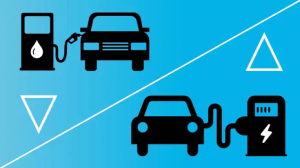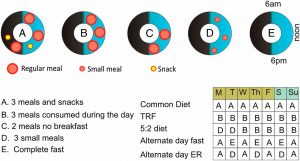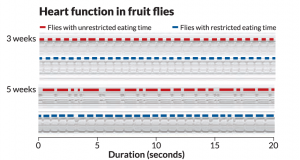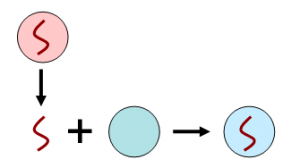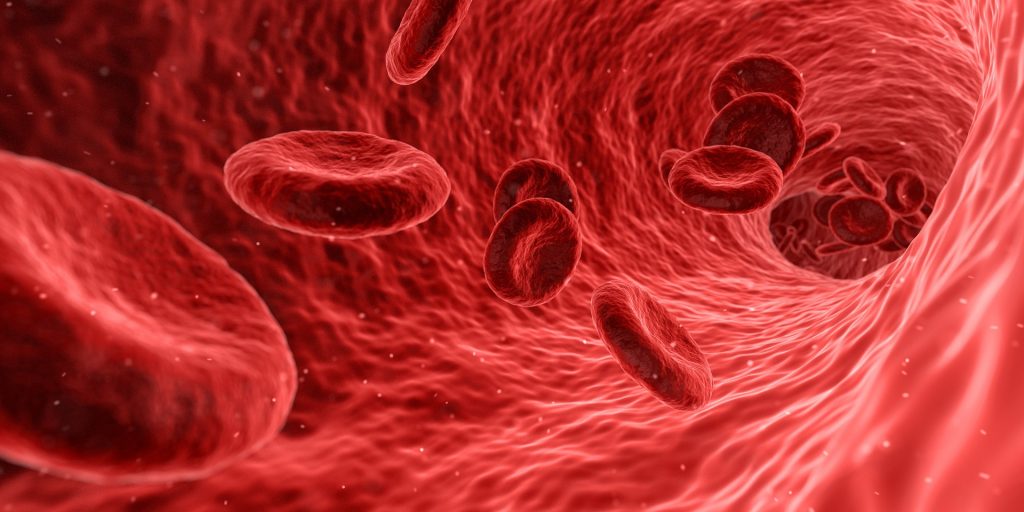Since the beginning of civilization, humans have been inseparable from music. So inseparable, in fact, that certain melodies literally activate a reward center in our brains, creating that ‘spine tingling’ feeling down our backs. Hence, it’s not surprising how science continues to reveal how important music really is for us; especially our health. Here’s just a handful of ways music can improve our well-being:
Stress

source: flickr
Researchers are now discovering the stress-reducing properties of music. For instance, a recent Swedish study prescribed either (i) relaxing music or (ii) silent bed rest to patients who just underwent intensive heart surgery, and found that patients who listened to music had drastically lower levels of cortisol (a hormone associated with stress). In addition, a separate study went one step further by comparing music to actual prescription medicine; music still came out on top. In this study, patients who were about to undergo surgery were either given midazolam, an anti-anxiety drug, or a healthy dose of calming music. Amazingly, those who listened to music reported feeling much more calm and prepared than those given midazolam!
Memory
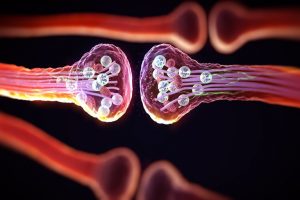
source: flickr
Music is also attributed with being an amazing memory aid. A team of Finnish researchers studied how music might affect the verbal memory (memory of sounds and words) recovery time of stroke victims. Ultimately, it was found that those who listened to music on a daily basis recovered their verbal memory and attention span much quicker than those who didn’t listen to music at all. Furthermore, in addition to helping us regain memory, a 2014 study has revealed how music can also improve our ability to create memories. In this experiment, participants were required to memorize foreign language phrases by (i) singing the phrases, (ii) speaking the phrases, or (iii) listening to the phrases. In the end, those who incorporated singing into their studying were able to memorize the phrases much quicker than who spoke or listened. However, while musical memory-aids might be the reason you ace your next Spanish exam, they’re also responsible for all the low-budget commercial jingles you’ve had stuck in your head for the last 10 years…
Mood

source: flickr
It’s well established that speaking with/relating to others about issues is an effective way to deal with depression. Knowing this, it makes sense that music may act as a two-way street by allowing musicians to express themselves and allowing listeners to emotionally relate with someone. A famous poet, Robert Browning, speaks of this when he states, “He who hears music feels his solitude peopled all at once.” But if poets can’t convince you, let science! Erkkila et al. studied this phenomenon by treating depression patients with either music therapy (playing, singing, or listening to music) or standard care. In case you haven’t noticed the common theme of this blog post yet, the patients who incorporated music into their therapy amazingly displayed less depression symptoms at the end of the study!


